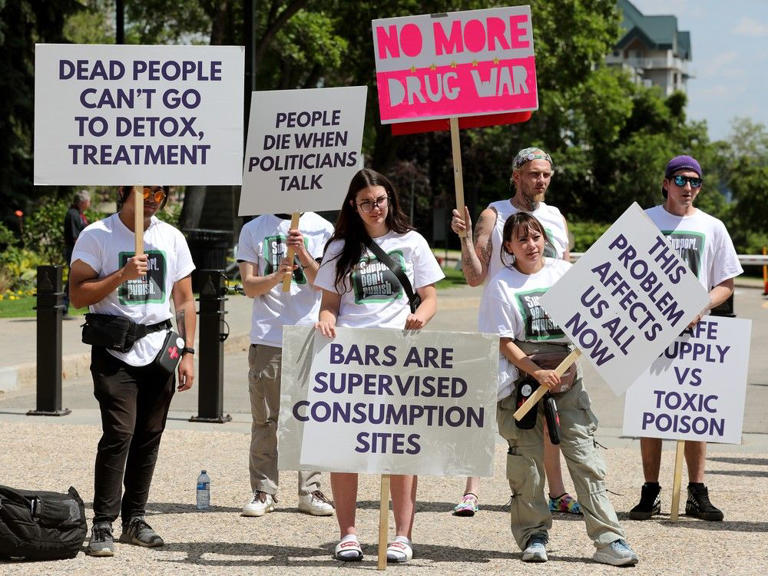TUESDAY SEPTEMBER 05 2023

Police arrested lawyers Douglas Coltart and Tapiwa Muchineripi in a Harare hospital when they objected to their clients being quizzed by police, arguing that they were medically unfit.
By AFP
Two Zimbabwean rights lawyers appeared in court on Tuesday on charges of preventing police from questioning their clients, two opposition members who had been allegedly abducted and tortured, sources said.
Police arrested lawyers Douglas Coltart and Tapiwa Muchineripi in a Harare hospital when they objected to their clients being quizzed by police, arguing that they were medically unfit.
Coltart and Muchineripi, who spent the night in jail, face charges of obstructing justice.
The pair were attending to a recently elected councillor and an activist for the country's largest opposition group, the Citizens' Coalition for Change (CCC).
Read: Zimbabwe’s new elections facing familiar old fears
Alec Muchadehama, Coltart's and Muchineripi's lawyer, said in court that the attorneys' arrest was "unlawful."
Related

Mnangagwa sworn in after disputed election
He said the police had initially had a "cordial" conversation with the two lawyers and agreed to return at another time.
But a different police official who visited the hospital later became "dramatic" and accused the pair of obstructing justice.
The CCC condemned the arrests and said the charges were flimsy.
Coltart and Muchineripi were released on the equivalent of $100 in bail each.
Their clients, Womberaishe Nhende and Sanele Mkhulhani, on Saturday were forced out of their vehicle by suspected government agents who were armed, the Zimbabwe Lawyers for Human Rights (ZLHR) alleged in a statement.
The pair were then handcuffed, tasered and beaten with truncheons and "injected (with) an unknown substance... before they (were) dumped" naked near a river, it said.
They were "both victims of abduction, torture and drugging by suspected state agents," the CCC said.
The southern Africa country last month staged disputed elections pitching CCC leader Nelson Chamisa against Emmerson Mnangagwa, whose Zanu-PF party has been in power since independence in 1980.
Read: Zimbabwe polling follows a familiar lane from Day one
Mnangagwa, 80, who was sworn in on Monday, won a second term with 52.6 percent against 44 percent for Chamisa, 45, according to the official results.
The CCC lashed the outcome as flawed and demanded a fresh vote. Regional and international observers have also criticised the ballot for numerous irregularities.
He said the police had initially had a "cordial" conversation with the two lawyers and agreed to return at another time.
But a different police official who visited the hospital later became "dramatic" and accused the pair of obstructing justice.
The CCC condemned the arrests and said the charges were flimsy.
Coltart and Muchineripi were released on the equivalent of $100 in bail each.
Their clients, Womberaishe Nhende and Sanele Mkhulhani, on Saturday were forced out of their vehicle by suspected government agents who were armed, the Zimbabwe Lawyers for Human Rights (ZLHR) alleged in a statement.
The pair were then handcuffed, tasered and beaten with truncheons and "injected (with) an unknown substance... before they (were) dumped" naked near a river, it said.
They were "both victims of abduction, torture and drugging by suspected state agents," the CCC said.
The southern Africa country last month staged disputed elections pitching CCC leader Nelson Chamisa against Emmerson Mnangagwa, whose Zanu-PF party has been in power since independence in 1980.
Read: Zimbabwe polling follows a familiar lane from Day one
Mnangagwa, 80, who was sworn in on Monday, won a second term with 52.6 percent against 44 percent for Chamisa, 45, according to the official results.
The CCC lashed the outcome as flawed and demanded a fresh vote. Regional and international observers have also criticised the ballot for numerous irregularities.



















